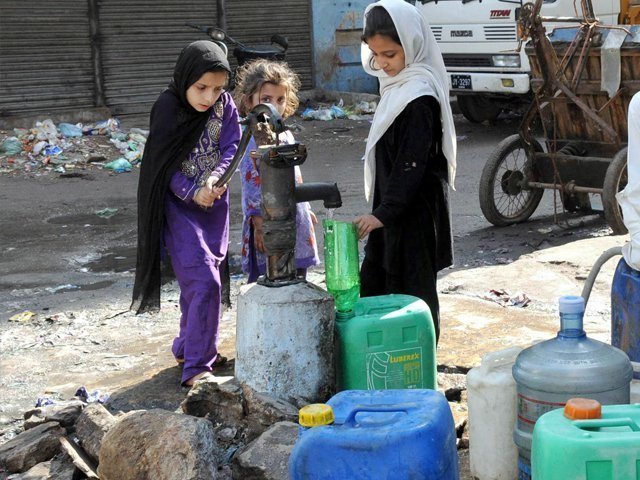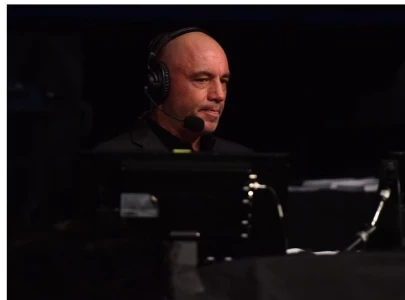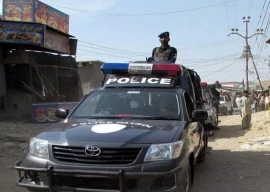
Karachi, the largest city of Pakistan and the 12th largest city in the world, currently has a population of 20.3 million people, according to the census conducted in 2023, with the growth rate of 2.4 percent.
It stands to reason that such a large city would have multiple issues. Though the financial hub of Pakistan, Karachi seems that it has been neglected, where civil society always campaigns about the fact that the city is overlooked. However, the issues of Karachi are not as simple as one might assume.
Formerly established in the late 1700s, the city was a fishing village, by the name of Kolachi, but with the arrival of the British, and their subsequent conquest, they established Karachi as the major port, (Karachi has a natural harbour), which came in handy for exporting and importing of goods, it quickly became the hub of financial activity.
Seeing the strategic position of Karachi, the British laid out railways and established housing societies, aptly named ‘New Town’, and the ‘Old Town’ was largely ignored. However, the city grew exponentially even before the partition, as people would come searching for jobs in this Coastal City.
Over time, the city grew, as it has major businesses, corporations and industries, which adds to its attraction, which in turn results in rur-urban migration in large volumes. People come from all walks of life to earn a living in this megacity, and earn they do, there are different localities where the cost of living is not as high as other parts of the city, which works to the benefit of new arrivals.
However, one needs to look at the city’s landscape, it is a desert area, with arid climate and with deserts come one main issue, water scarcity. It is easy to understand that the city which has such a thriving Coastline, might have some other problems, being a desert, the rainfall is sparse, which has changed overtime, due to the very real issue of Climate Change. The Indus Delta is shrinking and the fresh water supply is not adequate to fulfill the requirements of this city, or even the province.
While, critics argue that Karachi does not have scarcity of water, it is not the case, the water scarcity issue existed during the partition time as well, and with the massive influx of people, it is easy to understand that this basic element of nature is in short supply. The problem is complex as the water coming to Karachi comes from different sources, like Keenjar Lake, Pipri and Chakra Goth. The water evaporates due to heat, and in some places, the pipelines are very old, the water leaks, which compounds the problem.
Some areas get a regular supply of water, or so it is said. However, keeping in mind the complex network of water pipes, which are old and worn out, it becomes clear that residents of Karachi, suffer from water scarcity.
Their solution? To drill the earth for the much-coveted water, Shahzeb is a resident of North Nazimabad, he says he got the drilling done, to get access to water, ‘boring’ is what it is called, where residents dig deep to reach the water, something akin to a well, while this seems like a logical solution, the water obtained this way is unsafe for consumption, as it contains chemicals and is salty. It is also illegal as the city is already in short supply, this water is used for daily purposes, while drinking water is purchased.
Drilling deep is not only costly, it comes with a price, as the water is drained from the deep recesses, which contain sand and clay, salt and other forms of bacterium. What few talk about is that as the water is pumped out from the strata, the foundations become weak, as water is a great bounding agent, once it is drained, the sand engulfs the foundation of the building which overtime becomes unsteady, and slowly but surely the building sinks within the ground.
“What else is the solution? We need water, and purchasing tanker water is expensive, so we drilled, it should not be such a big deal.” Shahzeb is adamant that what he does is correct, it really does not concern him that the entire area is put in danger as the water is pumped from the drilling.
Sophia is a resident of Gulshan-e-Iqbal, and she says that they have never had a water issue, “I don’t remember ever having this issue, I guess when I was very young, my family got the suction pump installed, we just switch it on, and we have plenty of supply of water, yes we are very dependant on the machine, if that malfunctions, yes then we have a water issue.”
Sophia is blissfully unaware that what is done in her home is illegal, as suction pumps, suck the water from the pipeline and directs it to their own water reservoir. This practice is common in Karachi. This adds to the problem of water scarcity.
One major issue is also the influx of migrants from different parts of the country, be it a natural calamity or people searching for better sources of income. The shanty towns and the mushroom growth is unprecedented, the Government is concerned about this issue, as it leads to more complications. Since shanty towns are unregulated, the Government is unable to give exact figures of the people living there.
Overcrowded and unplanned areas are many within Karachi, they too are in need for water. And what do they resort to? Adding pipes to the main pipeline to divert the water to their area. Illegal hydrants, where water is sold at a pretty penny, the shanty town residents have made a lot of money this way. When the Government cracks down on some, the others crop up, and as they are unregulated, the Government is unable to control the water theft.
For every problem, there is also a solution, what to do with an overpopulated city which has water scarcity? Afia Salam, Environmental Journalist ponders, “you see, when you have such a massive population and lack resources, the problem is compounded, especially when there is water wastage. I mean, those who recklessly use and waste water need to be fined, you know in Australia, you cannot wash your car on the streets, you get locked up for that.
If you want this practice to stop, impose heavy fines, another thing is introduction of Desalination Plants, which would be beneficial, also preserving of water is key. The most important thing to do is to raise awareness about the water crisis, as this issue will persist, the way Karachi’s population is growing.” Afia has a strong opinion about water wastage, and it stands to reason, especially when there is such a scarcity of water, every drop does count.
The issue of water scarcity keeps getting highlighted in the affluent neighbourhood like DHA Karachi as well. The daily requirement of DHA, which houses over 2 million is approximately 19.5 million gallons per day, which is supposed to be provided by the concerned department, however, DHA Karachi only gets 4.5 million gallons per day, which leaves a deficit of 15 million gallons per day.
If one were to study the geography of Karachi, it becomes clear that DHA not only has a Coastline, it is also the tail end of the city. This mean that water reaching DHA is either evaporated, leaked or stolen (illegal Hydrants), and hence the daily requirement is not met. As DHA is a posh locality, residents pay for water for a fact that they can afford it and they are in need of water. This adds another issue of road maintenance which deteriorates due to such heavy traffic akin to cargo vessels.
Amongst many naysayers, there is also a misconception that DHA Phase VIII does not have a water pipeline, this is false, the pipeline is not only laid out, everything is state of the art. The issue is the actual scarcity of water, which is unique to Karachi as the daily water requirement has increased exponentially due to population growth, which cannot be stopped as people will keep migrating to the city for various reasons.
This gives wind to hearsay that there are no pipelines in DHA, and frustrated residents tend to believe it. In its efforts to address the water shortfall, DHA Karachi has also introduced Reverse Osmosis Plants (RO) to meet the requirement.
The water given to Sindh is according to the census of early 2000s, that is where the problem seems acute, the whole province is in short supply of water, and the volume of people living in the Mega City is increasing every day, water being an essential need is scarce, Sewerage Treatment Plants were also introduced by DHA Karachi for this purpose, to at least treat the water before it is let out in the sea to counter pollution.
The rest of the treated grey water is given to green spaces, so nothing gets wasted. What needs to be done is to have Desalination Plants in place which would counter this issue in the long term. It is the need of the hour to introduce new means of water supply to address the water scarcity issue of this beautiful city.

Beena Khan is a journalist based in Karachi.

1726728390-0/BeFunky-collage-(7)1726728390-0-165x106.webp)
1728297472-0/Fousey-(1)1728297472-0-165x106.webp)

1730806672-0/diddy-(37)1730806672-0-165x106.webp)
1731746071-0/Untitled-design-(11)1731746071-0-270x192.webp)
1731749026-0/Copy-of-Untitled-(3)1731749026-0-270x192.webp)

1731737597-0/Untitled-design-(12)1731737597-0-270x192.webp)












COMMENTS
Comments are moderated and generally will be posted if they are on-topic and not abusive.
For more information, please see our Comments FAQ